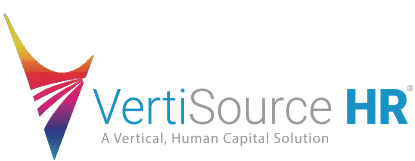Company policies, procedures, and training might need to be updated in light of the new Equal Employment Opportunity Commission’s guidance.
For the first time in 30 years, guidance on workplace harassment was updated to have protections for LGBTQ+ employees. And although this isn’t a governing law, the guidance is still useful for employers to know since it will undoubtedly be referenced in any sexual or racial harassment cases.
Takeaways for Employers to Know
Protections for LGBTQ+ Workers
New guidance from EEOC clarifies that harassment of LGBTQ+ employees, specifically transgender workers, can be considered a Title VII violation.
This stems from the Supreme Court’s landmark decision in Bostock v. Clayton County in 2020, which held that gender identity/transgender and sexual orientation discrimination were forms of sex discrimination under Title VII. The EEOC guidance states that harassment can include denial of bathroom access based on an individual’s gender, misgendering an individual intentionally and repeatedly, or harassment because an individual does not appear in a stereotypically gendered manner.
Laws Covering Pregnancy-Related Decisions
Additionally, sexual harassment’s definition has broadened to include pregnancy, childbirth, and any other related medical conditions. In relation to pregnancy, employees are now protected against discrimination involving lactation, contraceptive choices, and abortion decisions.
Protection for Religious Expression
Although religious beliefs are accommodated under Title VII, employers must now protect workers in situations involving religiously motivated harassment. For example, employers are not required to accommodate religious expression that creates, or reasonably threatens to create, a hostile work environment.
Cases of Virtual Harassment
With the increase of remote work, virtual harassment now occurs.
Title VII is violated if harassment occurs virtually through email, instant messages, video meetings, or other forms of online technology. Any sexist, racist, or discriminatory speech that occurs virtually may be considered harassment.
Updating All Harassment Policies
The new guidance provides employers with resources to help them review and update their harassment policies. The guidance has useful key points that will facilitate improvement in anti-harassment policies, complaint and investigation processes, and training.
What Employers Can Do Now
Right now, employers can review the guidance as soon as possible. Afterward, they need to make sure their policies meet compliance. For example, there should be a policy in place stating that the company has zero tolerance for harassment.
In the case of harassment, there should be reporting policies where employees can feel encouraged to speak up. However, not only should speaking up about harassment be encouraged, but it’s also necessary that all complaints are investigated seriously and action is taken.
Once policies are updated, training managers will be very important. Ensure managers and supervisors are properly trained to identify harassment in the workplace and take the right measures to prevent it from happening again.


